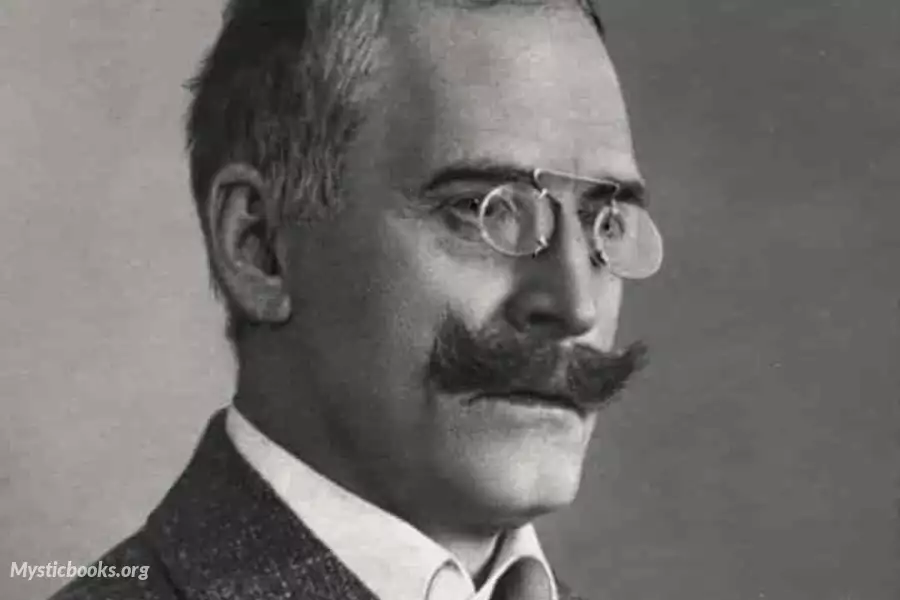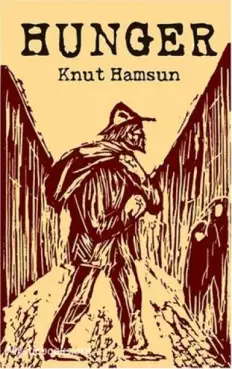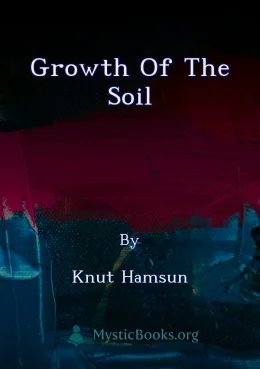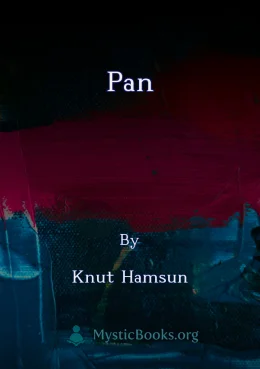
Timeline
Title
Country/Nationality
Knut Hamsun
Knut Hamsun was a Norwegian writer who was awarded the Nobel Prize in Literature in 1920. Hamsun's work spans more than 70 years and shows variation with regard to consciousness, subject, perspective and environment. He published more than 20 novels, a collection of poetry, some short stories and plays, a travelogue, works of non-fiction and some essays.
Hamsun is considered to be "one of the most influential and innovative literary stylists of the past hundred years" (ca. 1890–1990). He pioneered psychological literature with techniques of stream of consciousness and interior monologue, and influenced authors such as Thomas Mann, Franz Kafka, Maxim Gorky, Stefan Zweig, Henry Miller, Hermann Hesse, John Fante and Ernest Hemingway. Isaac Bashevis Singer called Hamsun "the father of the modern school of literature in his every aspect—his subjectiveness, his fragmentariness, his use of flashbacks, his lyricism. The whole modern school of fiction in the twentieth century stems from Hamsun". Since 1916, several of Hamsun's works have been adapted into motion pictures. On August 4, 2009, the Knut Hamsun Centre was opened in Hamarøy.
Knut Hamsun was born as Knud Pedersen in Lom in the Gudbrandsdal valley of Norway. He was the fourth son (of seven children) of Tora Olsdatter and Peder Pedersen. When he was three, the family moved to Hamsund, Hamarøy in Nordland. They were poor and an uncle had invited them to farm his land for him.
At nine Knut was separated from his family and lived with his uncle Hans Olsen, who needed help with the post office he ran. Olsen used to beat and starve his nephew, and Hamsun later stated that his chronic nervous difficulties were due to the way his uncle treated him.
In 1874 he finally escaped back to Lom; for the next five years he did any job for money; he was a store clerk, peddler, shoemaker's apprentice, sheriff's assistant, and an elementary-school teacher.
Working all those odd jobs paid off, and he published his first book: Den Gaadefulde: En Kjærlighedshistorie fra Nordland (The Enigmatic Man: A Love Story from Northern Norway, 1877). It was inspired from the experiences and struggles he endured from his jobs.
In his second novel Bjørger (1878), he attempted to imitate Bjørnstjerne Bjørnson's writing style of the Icelandic saga narrative. The melodramatic story follows a poet, Bjørger, and his love for Laura. This book was published under the pseudonym Knud Pedersen Hamsund. This book later served as the basis for Victoria: En Kærligheds Historie (1898; translated as Victoria: A Love Story, 1923).
Knut Hamsun died on February 19, 1952, aged 92, in Grimstad. His ashes are buried in the garden of his home at Nørholm.
Books by Knut Hamsun

Hunger
Hunger is a novel by the Norwegian author Knut Hamsun and was published in its final form in 1890. The novel has been hailed as the literary opening of the 20th century and an outstanding example of modern, psychology-driven literature. It hails the...

Growth of the Soil
Growth of the Soil is an epic novel about the life of a pioneer farmer in the Norwegian countryside. The novel follows the protagonist, Isak, as he struggles to establish a homestead and raise a family in a harsh and unforgiving environment. The nove...

Pan
Pan, by Knut Hamsun, is a captivating novel that delves into the complexities of human nature against the backdrop of the Norwegian wilderness. The story follows Lieutenant Glahn as he seeks solace and solitude in a remote forest cabin, accompanied o...